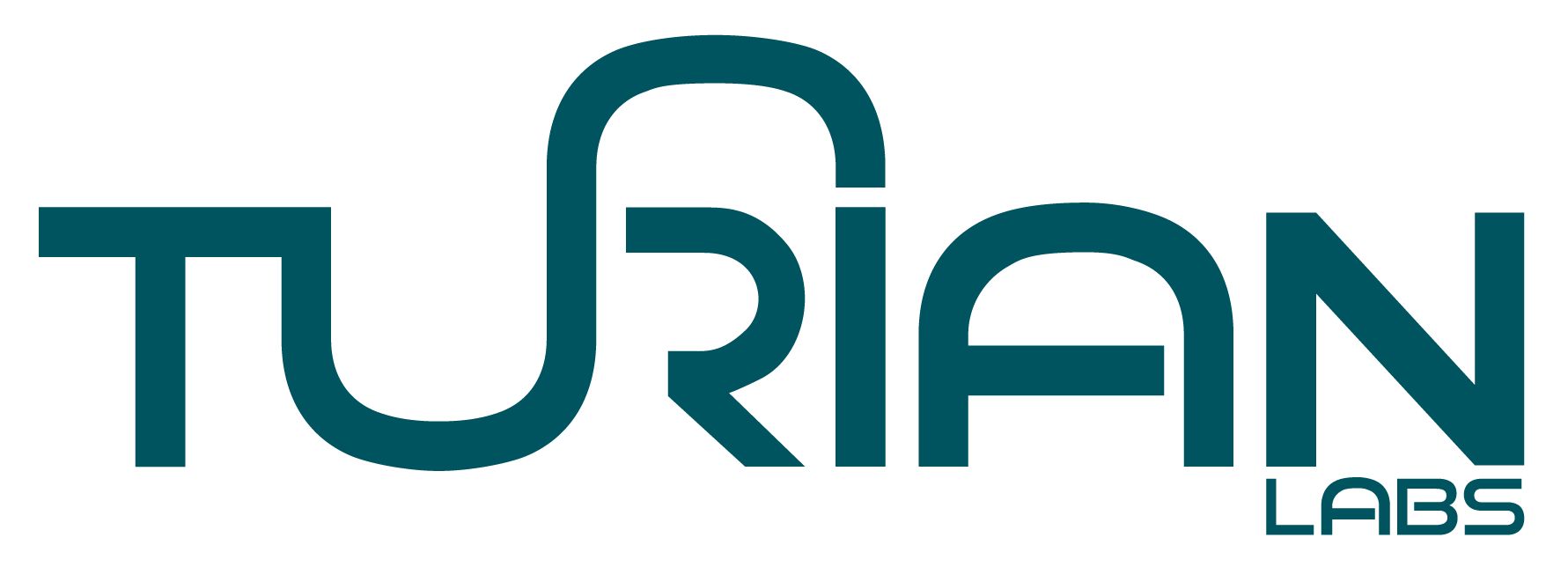The Confluence of Blue Ocean Strategy and Design Thinking
Historically, downturns and recessions have brought in a slew of opportunities for people and businesses, alike. The marquee names which we are familiar with today have come out of such trying times. A great example is the rise of the e-commerce post the SARS crisis. It made the nascent players in the e-commerce industry into household names of today.
Counter-intuitively, innovation goes up when the economy goes down. The current crisis provides a similar window of opportunity and we have seen businesses, both large or small, adapting their business model to the changing customer preferences and needs. Yet, businesses are focusing actively on preservation and cutting costs across R&D, innovation, training, etc. And they have a good reason to do so.
The case for Value Innovation in a Blue Ocean Strategy
As buyers are forced to make better choices within limited means, businesses also must make better strategic choices within their limited means. Let's not forget, real customers continue to face real problems. What this means for companies is they must find ways to create new value, while actively reducing costs. This is also known as Value Innovation and plays a critical role while defining a Blue Ocean strategy.
Blue Ocean Strategy is referred to as a market for a product where there is no competition or very less competition. This strategy revolves around searching for a business in which very few firms operate and where there is no pricing pressure.
Following are a couple of cases which describe how value innovation helped transform the digital landscape of a country, which was a blue ocean.
Case 1 | Leapfrogging Innovation
Until a decade back, no one had imagined that India would see an explosion of digital. The credit goes to Jio, which completely transformed the digital landscape in India. An unprecedented launch which included free sim cards, unlimited talk time promise along with a couple of gigabytes of free data per day on a 4G network. This was at the time when other mobile telecom companies were earning money out of the talk-time and the majority of subscribers were still using 2G. The total number of new internet subscribers rose by 60mn (over an existing base of 330mn), primarily consisting of ‘non-users’ who were experiencing the world of the internet for the first time ever. The rollout led to an unprecedented rise in data consumption and the average consumption per month went up to 11 gigabytes, from ~3 gigabytes prior to the launch.
This enabled us to leapfrog into the future and help reimagine healthcare, education, financial services and entertainment. The impact has been felt by one and all, be it banking for the unbanked, people’s mobile number turning into the bank account number or the way we create/consume content. Everything has transformed.
Case 2 | Rise of Digital Content Creators
We have witnessed a phenomenal rise in digital content creation over the past few years and this has been complemented with the rise of vernacular language content creation as well. This can be corroborated by the YouTube India numbers as well. If you look at the channels which have more than a million subscribers, the vernacular language (Tamil, Telugu, Bengali & Malayalam) channels together hold a share of ~15% (200 out of the 1200 channels as of December 2019) and the watch times are growing more than 50% y-o-y.
Today we have people no matter their economic strata or the geography they belong to; have an equal shot at having themselves discovered through the various digital platforms. These platforms have contributed to the rise of stand-up comics, educators, home chefs, social media influencers, TikTok stars and many more. Their value proposition is simple. Anyone who has a smartphone and an internet connection can create, publish and monetize on their platform from the convenience of their home.
The Confluence of Blue Ocean Strategy and Design Thinking
Blue Ocean strategy helps in defining the macro-direction of opportunities, but how do you identify and assess the various independent variables at play? Design Thinking provides the necessary logic for identification of the stakeholder needs and the necessary iterations for crafting a solution. From ‘empathy’ with users that Design Thinking hinges on, Blue Ocean Strategy helps shift the focus towards ‘non-users’ as well, to extract a winning proposition.
Turian Labs uses this confluence for its research and innovation strategy projects. In a recent example of value-discovery through the non-users, a client from the healthcare space wanted to explore building a cheaper CPAP device (a kind of ventilator). This device was targetted towards the neonate care in tier 2/3 and rural healthcare setups in India. During the course of the study, we interacted with a lot of non-users which led to the discovery of a completely new context in which the device can be used. This led to rethinking the device construct and have a better impact on reducing infant mortality (the eventual goal).
To sum-up, as the current uncertainty rages on, the conventional definition of ‘target user’ is undergoing a shift. Bringing Blue Ocean strategy out of the bounds from consumer domains into an expanded value-creation framework, will immensely benefit not just the industry but governments and nonprofits as well.
(This was the theme of our last D'IVE session and the speaker was Stephanos George Eapen, a Blue Ocean Strategy Leader and a career academician. He shared insights on how value innovation can transform a Blue Ocean strategy. You can catch a replay of the session here.)

